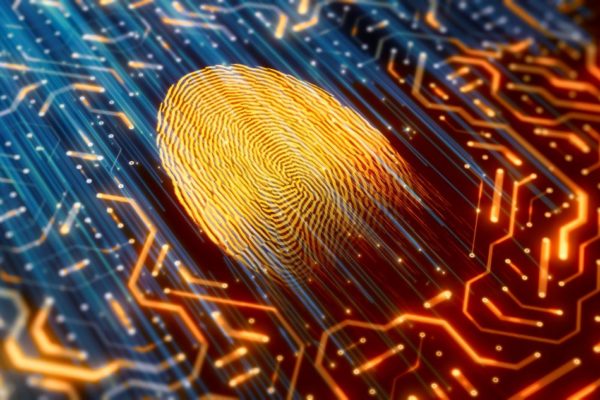Did you realise that a 6-character password, containing upper- and lower-case letters, numbers and symbols can be broken into more quickly than you can type it?
Hackers can easily access passwords these days, so it’s important to implement multi-factor authentication (MFA) to safeguard your business’ finances. This MFA approach helps protect your bank accounts and personal data from being exposed.
What is MFA?
MFA stands for multi-factor authentication. It is an authentication process which requires more than one criterion to confirm a user’s identity. The process is intended to make it more difficult for unauthorised users to gain access to restricted resources. MFA provides enhanced security and protection against the risks associated with identity theft, data breaches, and other cyber threats.
MFA provides an additional security measure for your accounts and data, ensuring they cannot be accessed without authorisation. To secure your business and personal information, as well as your password, MFA employs additional authentication steps that are unique to you. This makes sure it is you who is signing in!
These additional methods of identification are usually one of the following:
One-time passcodes (OTP)
One-time passwords (OTP) are employed as a way of providing an additional layer of security to online accounts. They serve to grant temporary access to the user who possesses them and can only be used once. OTPs are an effective form of authentication, as they provide increased safety against malicious actors attempting unauthorised access.
OTPs are typically delivered via text message or email to a reliable device or account. This code is only valid for a limited period, which must be entered to gain access to the platform or other account that is being logged in to.
The use of a third-party MFA app
There are a few third-party MFA applications that can be installed on trusted devices for accessing business accounts. They provide secure authentication through temporary passcodes, comparable to OTP, or sending notifications that need to be accepted for logging in.
The main difference between the MFA methods is that the third-party app grants greater flexibility. It can be downloaded and logged into from various secure devices, rather than being limited to one phone number/device, so if it’s lost you’ll still have access to your accounts.
In conclusion, MFA is an incredibly important layer of security which can protect and secure data in the case that your password is obtained. Companies need to implement this feature, as well as recommended for individuals.
Further cyber security support
For help and support with your cyber security get in touch to speak to one of our security experts




